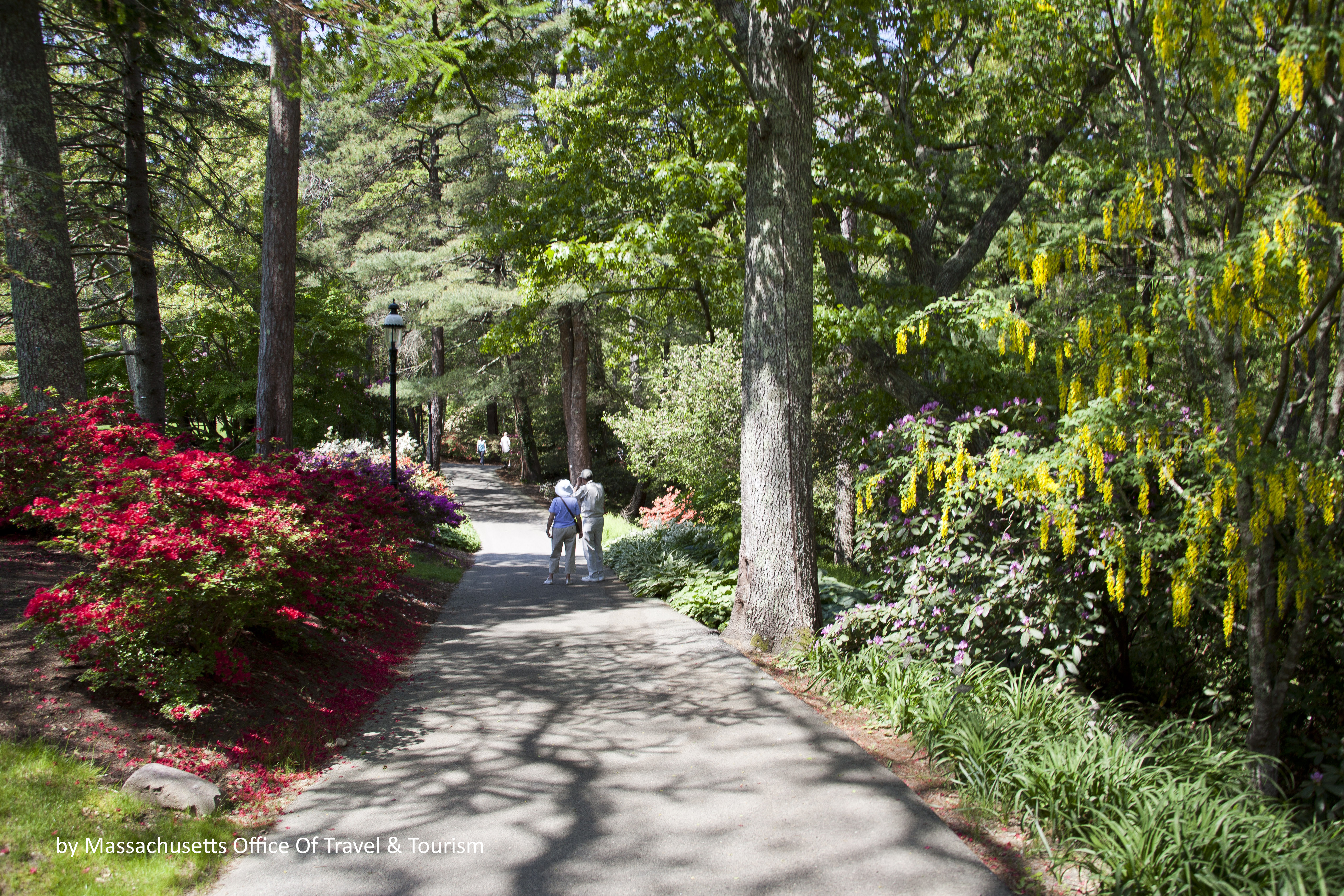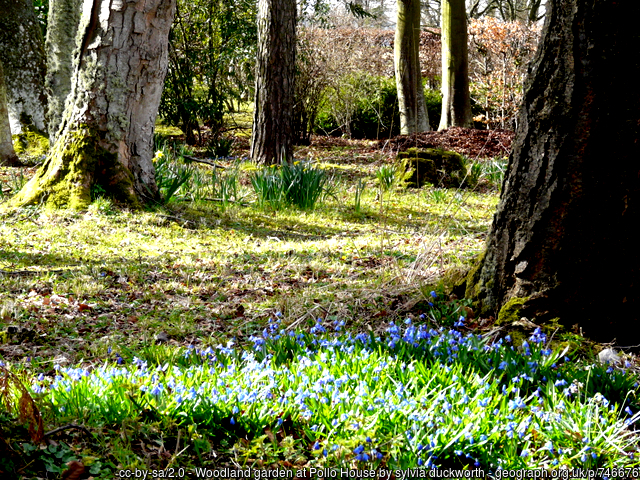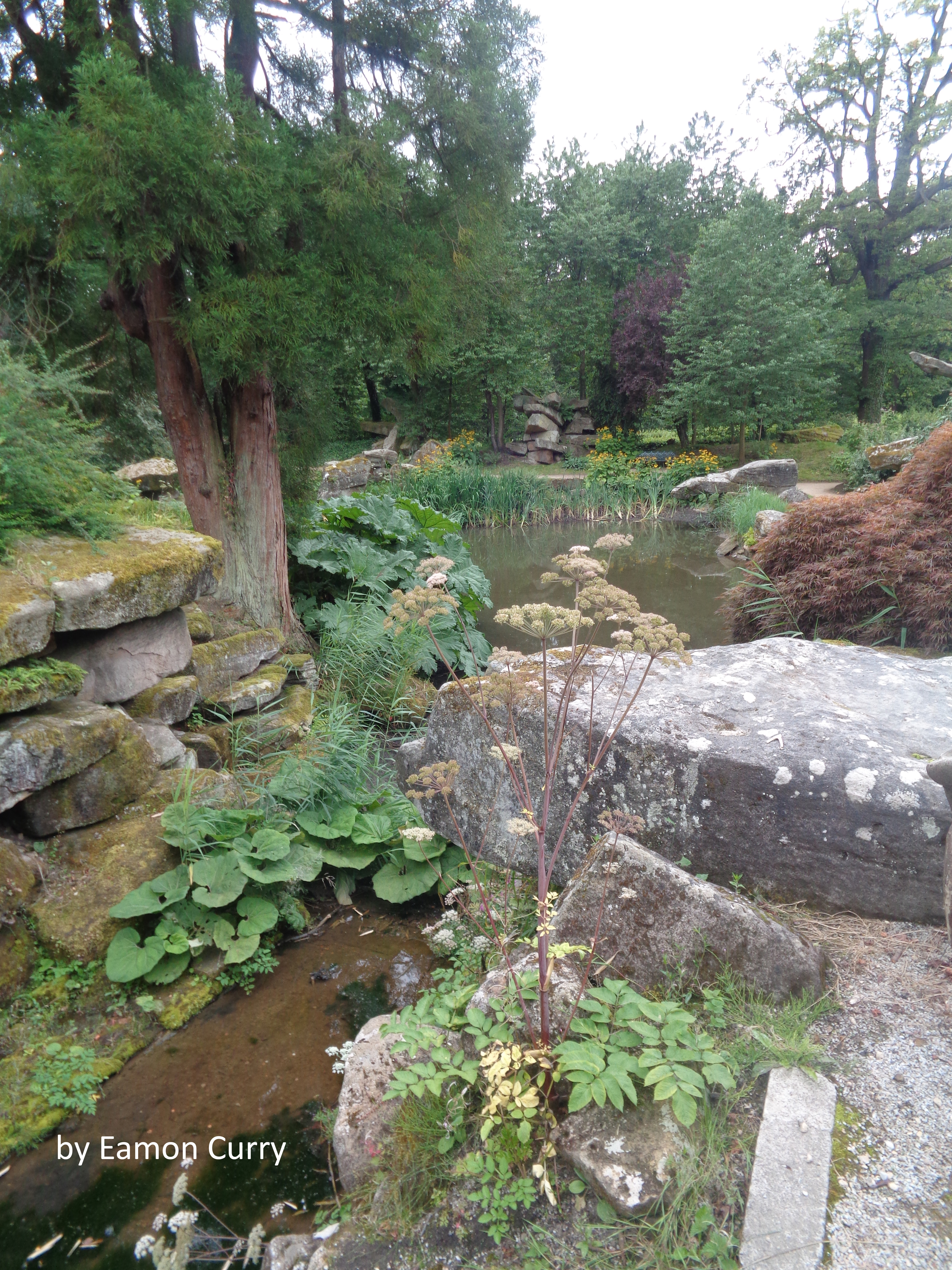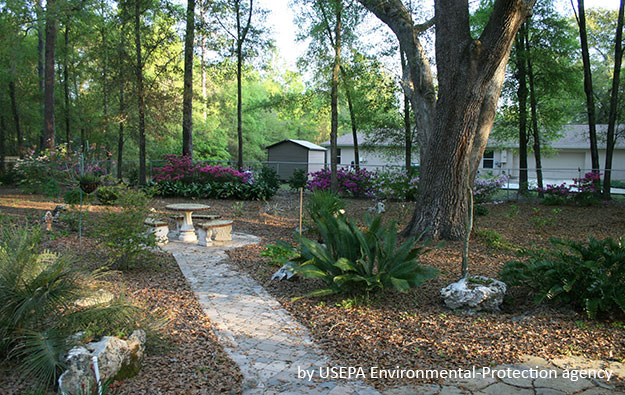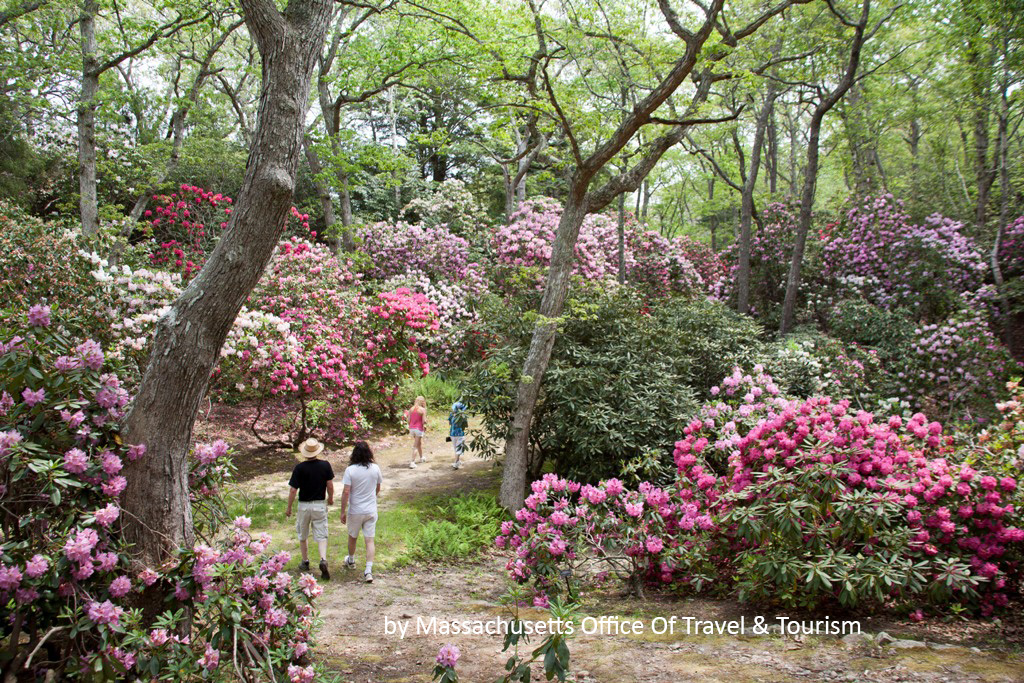Designing a shade garden that is inviting and interesting throughout the entire year takes serious research and planning. As we have previously discussed, you have to thoroughly understand everything about your site — everything from its ecoregion and soil, climate and native plant communities to the specific types of shade and their locations. Once those pieces are in place, then you can begin the satisfying task of designing a personal shade garden.
One of the best ways to create your own, unique garden is to visit (either virtually or in person) different types of shade gardens. By carefully studying their unique elements and noting what especially appeals to you, you can begin to develop a plan that works for your taste and your site.

To get you started, we’ve included descriptions and images of a few common shade garden design themes that work well in the residential landscape.
SHADE GARDEN DESIGN THEMES
Woodland gardens are probably the most familiar and possibly most beloved of the shade garden types. They feature groves of trees whose branches form a living canopy above, an understory of gracefully arching shrubs and a ground level of ever changing plants that appear in unexpected nooks and crannies.
Winding pathways within the garden invite visitors to explore as they meander through the garden. Wildlife also finds refuge in the woodland garden.
Woodland gardens are typically easy to incorporate into an existing urban/suburban landscape, especially one that already has a stand of trees.
They can easily be scaled to fit a smaller site by selecting varieties of trees that have a shorter mature height.
∗∗∗∗∗
Moss gardens are another charming style of shade garden. Deceptively simple, moss gardens are soft to the touch, pleasing to the eye and calming to the spirit.
Pairing rough hewn tree trunks and massive boulders with a collection of delicate mosses in hues of green conveys both the fragility of nature and its enduring qualities.
Because mosses need water to survive, moss gardens tend to be cool, damp areas and often have splashing water features as part of the design.
In many climate zones, mosses can remain green throughout the year, adding a cheerful element to an otherwise bleak time of the year. If you already have a mossy patch in your yard, instead of fighting it, why not expand it into a moss garden.
∗∗∗∗∗
Rock gardens, whether naturally occurring (like our quarry top lot) or created by artfully placing everything from boulders to pebbles, tend to make dramatic statements.
The natural variations in colors, textures and sizes of the rocks give stark contrast to the more ethereal quality of the plant material surrounding them. Using stone slabs or boulders to create visual barriers conveys a sense of mystery.
It can be difficult to grow plants needing deep root systems (think trees and larger shrubs) in sites that are naturally rocky or that have only a shallow upper layer of soil. Building in stone walls to resemble outcroppings can help provide deeper pockets of soil that can support a wider variety of woody plants.
Using locally available flagstone, gravel or crushed rock pathways can add to an authentic sense of place.
∗∗∗∗∗
Dry gardens (Xeric) are gardens that need only a limited amount of water to thrive. They are popular in areas where rainfall is limited or highly seasonal, where water use is restricted for recreational use and with individuals who simply wish to conserve water.
A dry, or Xeric, garden that sits in a shaded location has the added benefit of cooling ground temperatures and keeping evaporation at a minimum.
Careful plant selection is critical for the success of a dry shade garden. Look for plants that are known to be drought tolerant and are native to the specific area
Choose plants with silvery foliage, waxy-coated small leaves, foliage covered with fine hairs, and long or deep root systems.
∗∗∗∗∗
Once you’ve found your shade garden inspiration, then there are a series of design questions to consider:
- Will the garden style complement your home and any existing structures?
- Is the size and shape of the potential space adequate for the garden style?
- Will the space be a private and personal sanctuary, or will it be a more public area where people gather?
- Will the space have a formal or informal atmosphere?
- How will the entrance to the garden be framed?
- How will pathways be laid out?
- What pathway materials will suit the design and still be safe for walking?
- How will a sense of intimacy be created?
- Where will seating be placed?
- Will the garden include a water feature?
- Will the garden have night lighting?
The final step in the process is to choose a plant palette that suits the theme and the site. Join us next week as we look closer at choosing plant combinations for the shade garden.

